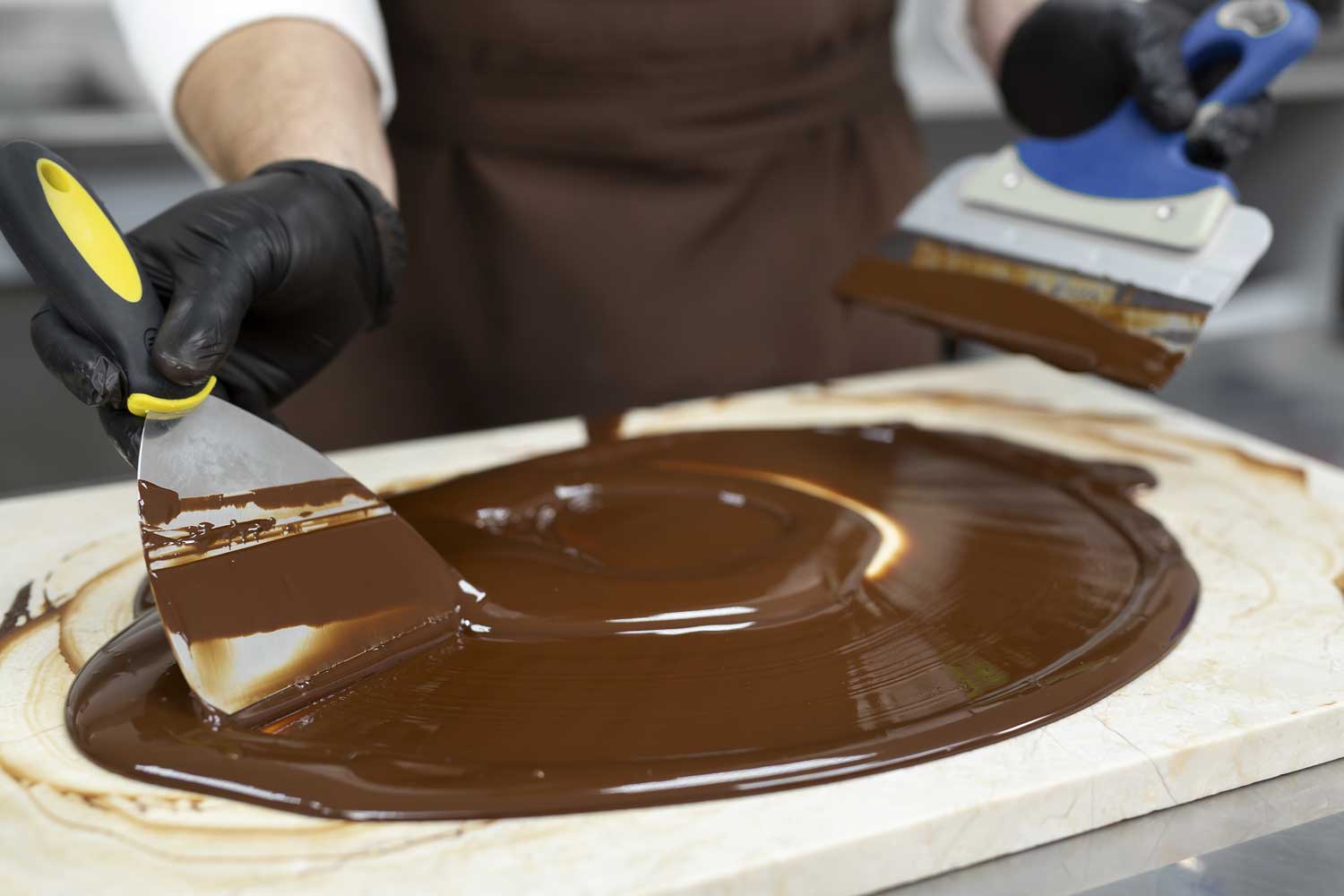Businesses struggling to stay afloat. But for one entrepreneur, it was an opportunity to make a difference in his community and to demonstrate the power of brand reputation.
Milton Hershey, the world-famous chocolatier, entrepreneur, and philanthropist, was born into poverty and began his career as a candy-maker. He developed a game-changing formula for milk chocolate, which turned a Swiss delicacy into an affordable and profitable mass product. By 1903, he was a millionaire and had built the world’s largest chocolate factory in the town of Hershey, Pennsylvania.
But Hershey’s success wasn’t just limited to his business ventures. In 1909, he and his wife Catherine opened a school for orphaned boys, the Milton Hershey School. After his wife’s passing, Hershey secretly placed his $60 million fortune in a trust to benefit the school, which today serves over 2,100 students.
During the Great Depression, Hershey’s response to the economic crisis epitomized the importance of civic duty and charity. While other businesses were struggling and laying off employees, Hershey started the “Great Building Campaign” to keep his namesake town afloat. He employed hundreds to build lasting architectural treasures and, in doing so, provided full employment for the town.
The campaign began in 1930, when Hershey donated his neoclassical mansion as a clubhouse to the new country club, which gave away 100 memberships on his behalf. Hershey downsized, confining himself to two rooms on the home’s second floor, where he oversaw a succession of massive projects. In 1933, hometown laborers completed the Community Building, an Italian Renaissance-style palazzo that featured athletic facilities, dorm rooms, a library, a small hospital, and an awe-inspiring theater.
That same year, Hershey developed Pat’s Hill, a picturesque bluff that overlooks the town, the surrounding Lebanon Valley, and the Blue Mountain range in the distance. On the hilltop, the workers constructed the Hotel Hershey, a stunning, hacienda-style summer resort. In 1934, the workers constructed Catherine Hall, a commanding, art-deco structure that served as Milton Hershey’s junior-senior high school. Hershey also commissioned landscaped rose gardens on the hill.
Hershey’s capital campaign continued through the decade. He completed a sports arena, then the world’s largest monolithic structure; an art-deco, windowless office building, which became the chocolate company’s headquarters; a 15,000-seat outdoor stadium next to the growing amusement park; and, finally, a cultural and educational foundation for the town’s residents.
Overall, Hershey found a winning recipe for the Depression: local labor for lasting recreational and cultural amenities. In 1937, Newsweek called the town a “Candyland, City of Dreams,” where residents “pay no local taxes; a candy factory gives them their jobs and their luxurious clubs, schools, churches, and shady streets.”
Today, Hershey’s legacy serves as a reminder of the importance of charitable giving and civic engagement in our towns. Even during a time of crisis, it is possible for business owners to make a difference in their communities and to demonstrate the power of brand reputation. By investing in the community, Hershey not only helped the town survive the Depression but also created a lasting legacy that continues to attract visitors and drive the local economy.





0 Comments